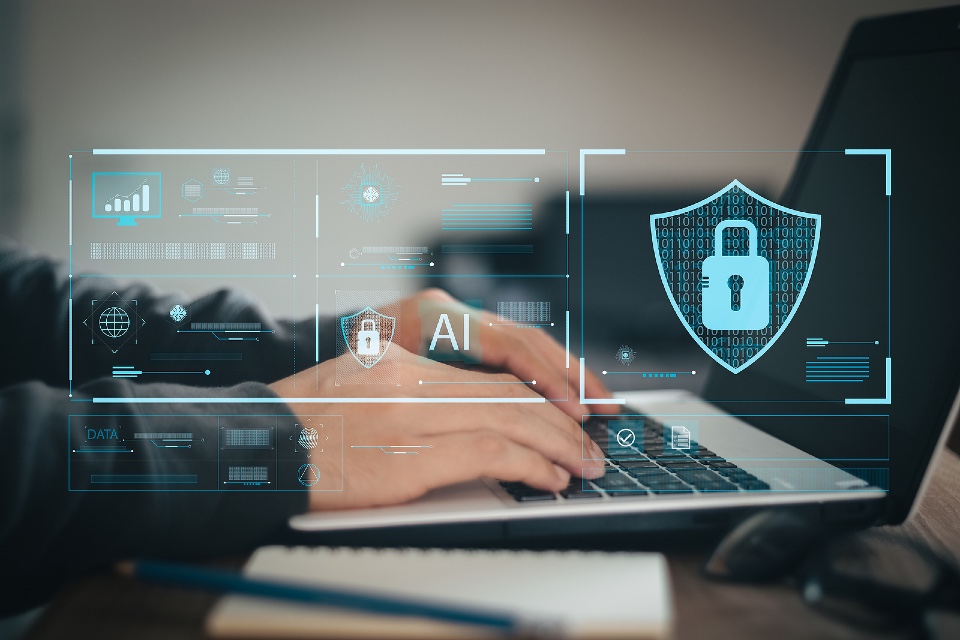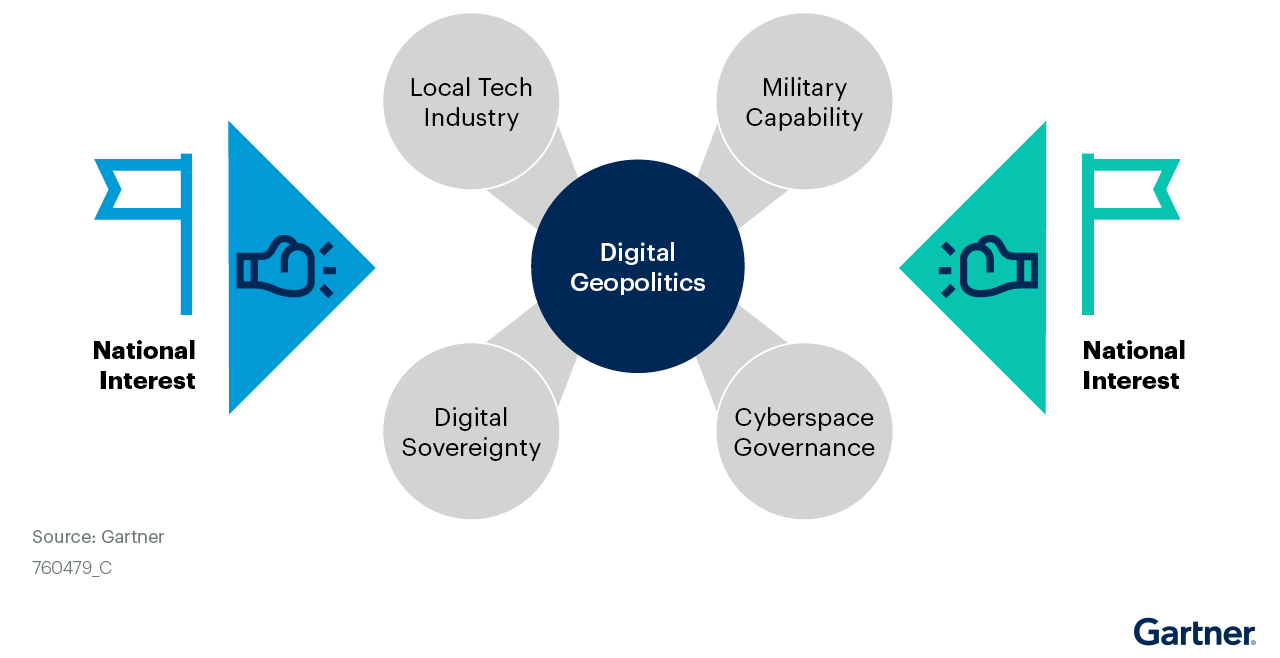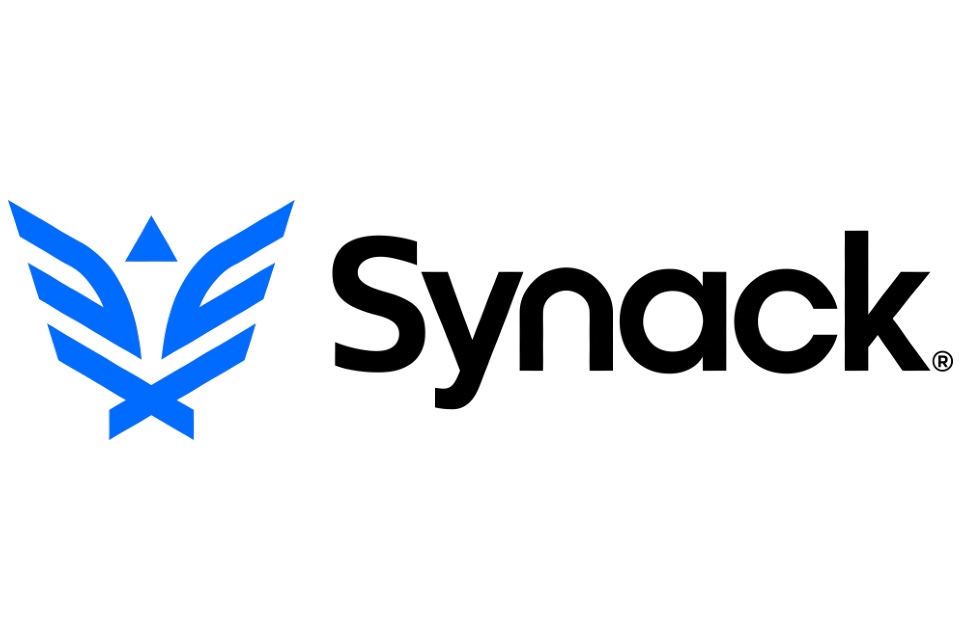CIOs ‘need to accelerate time to value’ from digital investments
https://cybersecureforum.co.uk/wp-content/uploads/2022/10/investment-money-1604921_1280.jpg 960 640 Stuart O'Brien Stuart O'Brien https://secure.gravatar.com/avatar/81af0597d5c9bfe2231f1397b411745a?s=96&d=mm&r=gCIOs and IT leaders must take action to accelerate time to value and drive top- and bottom-line enterprise growth from digital investments.
That’s according to Gartner’s annual global survey of CIOs and technology executives, which gathered data from 2,203 CIO respondents in 81 countries and all major industries, representing approximately $15 trillion in revenue/public-sector budgets and $322 billion in IT spending.
“The pressure on CIOs to deliver digital dividends is higher than ever,” said Daniel Sanchez Reina, VP Analyst at Gartner. “CEOs and boards anticipated that investments in digital assets, channels and digital business capabilities would accelerate growth beyond what was previously possible. Now, business leadership expects to see these digital-driven improvements reflected in enterprise financials.
“CIOs expect IT budgets to increase 5.1% on average in 2023 – lower than the projected 6.5% global inflation rate. A triple squeeze of economic pressure, scarce and expensive talent and ongoing supply challenges is heightening the desire and urgency to realize time to value.”
The survey analysis revealed four ways in which CIOs can deliver digital dividends and demonstrate the financial impact of technology investments:
Prioritize the Right Digital Initiatives
Survey respondents ranked their executives’ objectives for digital technology investment over the last two years. The top two objectives were to improve operational excellence (53%) and improve customer or citizen experience (45%). In comparison, only 27% cited growing revenue as a primary objective and 22% cited improving cost efficiency.
“CIOs must prioritize digital initiatives with market-facing, growth impact,” said Janelle Hill, Distinguished VP Analyst, Gartner. “For some CIOs, this means stepping out of their comfort zone of internal back-office automation to instead focus on customer or constituent-facing initiatives.”
The survey revealed that CIOs’ future technology plans remain focused on optimization rather than growth. CIOs’ top areas of increased investment for 2023 include cyber and information security (66%), business intelligence/data analytics (55%) and cloud platforms (50%). However, just 32% are increasing investment in artificial intelligence (AI) and 24% in hyperautomation.
“Leading CIOs are more likely to leverage data, analytics and AI to detect emerging consumer behavior or sentiment that might represent a growth opportunity,” added Hill.
Create a Metrics Hierarchy
The survey found that 95% of organizations struggle with developing a vision for digital change, often due to competing expectations from different stakeholders. To drive financial outcomes, CIOs must reconcile siloed initiatives by using a visual metrics hierarchy to communicate and demonstrate interdependencies across related digital initiatives.
“A key ingredient needed to accelerate delivery of digital benefits is accountability,” said Hill. “For example, if the enterprise undertakes a digital initiative to improve customer experience, with the financial goal of improving profit margins, then the CIO’s accountable partner is likely the CMO.”
CIOs should connect with functional leaders for each digital initiative to understand what ‘improvement’ means and how it can be measured. Creating a picture that reflects the hierarchy of technical and business outcome metrics for each initiative will help identify the chain of accountability that will collectively deliver the dividend in focus.
Contribute IT Talent to a Business-Led Fusion Team
While strategic engagement with business unit leaders is necessary to accelerate digital initiatives, the survey exposed an IT mindset of “go it alone” regarding solution delivery. For example, 77% of CIOs said that IT employees are primarily providing innovation and collaboration tools, compared with 18% who said non-IT personnel are providing these tools.
“Over-dependence on IT staff for digital delivery reflects a traditional mindset, which can impede agility,” said Sanchez Reina. “CIOs must embrace democratized digital delivery by design to accelerate time to value. Equipping and empowering those outside of IT – especially business technologists – to build digitalized capabilities, assets and channels can help achieve business goals faster.”
Loaning IT staff to fusion teams that combine business experts, business technologists and IT staff will catalyze a team that is focused on achieving digital business outcomes, while also opening the way for reciprocity, such as integrating subject-matter experts from the business into an IT-led fusion team.
Reduce the Talent Gap with Unconventional Resources
Many CIOs continue to struggle to hire and retain IT talent to accelerate digital initiatives. However, the survey identified numerous sources of technology talent that are untapped. For example, only 12% of enterprises use students (through internships and relationships with schools) to help develop technological capabilities and only 23% use gig workers.
“Talent shortages are among the greatest hindrances to digital,” said Sanchez Reina. “CIOs are often limited by policies related to preferred providers or employment contracts. They must stress to business and HR leadership that engaging unconventional talent sources can help accelerate the realization of digital dividends.”




